However, the reality shows that this potential has not been exploited adequately. It is time for Da Kia to have clear directions and drastic steps to “awaken” the agriculture of the commune.
Great potential but untapped
Da Kia possesses particularly favorable natural conditions for the development of large-scale commodity agriculture. The temperate climate, fertile soil, and abundant water resources create an ideal foundation for many high-value crops such as long-term industrial crops, fruit trees, vegetables, and large-scale farm-livestock economic models.
Currently, Da Kia commune has more than 17,214 hectares of agricultural land, accounting for 87.7% of the natural area, with the majority of red basalt soil - a type of soil rich in nutrients, suitable for intensive farming. In particular, Da Kia is surrounded by the Be River and a diverse system of lakes such as Can Don, Sok Phu Mieng, Doi 7, Doi 8, Binh Ha 1, providing a relatively stable water source for irrigation and production development.
 |
| Be River and lake system distributed in Da Kia commune |
In recent years, people have boldly changed crop varieties, applied clean farming techniques, approached new technologies and initially formed many effective production models. However, the commune's agriculture in general still has structural weaknesses: small-scale production is still common; enterprises investing in processing and consuming agricultural products are few and weak; linkages in the value chain are not sustainable; high-tech applications are only at the pilot level; infrastructure serving production and rural logistics is still not synchronized.
Although agriculture - rural areas - farmers are still the "core of the communal economy", this is also the area most vulnerable to climate change, market and natural disaster risks, leading to the risk of unsustainable development if there are no fundamental and breakthrough solutions.
The problem for Da Kia is not only to correctly identify potential, but more importantly, to turn potential into real competitive advantages through strategic planning, production reorganization and growth model innovation.
Major orientations
When setting out the development perspective for the next term, the Provincial Party Committee determined to restructure the province's development space into 4 regions as new driving forces, ensuring the implementation of the double-digit growth target, in which it identified the agricultural - ecological - tourism region in the Northeast of the province, including Da Kia.
 |
| Cam Cu Garden House - Hoya Phuc Do, Da Kia commune has been put on e-commerce platform. |
The Commune Party Congress also affirmed: “Focus on restructuring the agricultural sector towards modernization, applying high technology… developing farm economy, production linkage model according to value chain”. Da Kia will aim to reorganize production towards concentration, closely linking farmers - new-style cooperatives - enterprises. The commune will encourage the development of new-style cooperative models, expanding the area of standard growing areas, aiming to build the Da Kia agricultural product brand.
The livestock industry must also be oriented towards increasing concentration and disease safety with the plan to attract 2-3 large enterprises to invest in high-tech livestock farms, concentrated scale, closed from breed, feed, care, consumption, this will be an important driving force to increase the value of Da Kia's livestock industry.
Completing agricultural and rural infrastructure is considered a “sufficient condition” for development. The commune has prioritized upgrading rural traffic, intra-field roads, renovating the irrigation canal system of Binh Ha 1 - Binh Ha 2; ensuring electricity, telecommunications, and digital infrastructure for smart production. Another important direction is to develop rural services, e-commerce, support product consumption, and link OCOP with digital transformation to help Da Kia agricultural products access a larger market.
Breakthrough solutions need to be implemented
From the potential and political orientation, it is possible to identify 5 groups of breakthrough solutions to help "awaken" Da Kia agriculture in the coming time, specifically:
First of all, it is necessary to re-plan the entire agricultural production space in a synchronous manner with the general planning of the commune - considering this as the starting foundation for all subsequent breakthroughs. A systematic planning will help clearly identify the advantages of each sub-region, avoid spontaneous and fragmented production; at the same time create a basis to attract business investment, develop infrastructure and form a sustainable value chain. On that basis, the commune can build concentrated production areas according to each type of key plant and animal; plan raw material areas closely linked with processing enterprises; and apply growing area codes and traceability systems to ensure standards, increase competitiveness and enhance the value of agricultural products.
It is necessary to boldly invest in high-tech agriculture and digital transformation. This is not only a trend but also a mandatory requirement if Da Kia wants to increase productivity, reduce costs and create a breakthrough in income for farmers. Applying smart irrigation systems, using economical fertilizers, deploying IoT (Internet of Things) sensors to monitor soil and water sources helps optimize inputs, reduce waste and limit risks due to erratic weather. Solutions such as traceability software, farming process management, digitalizing production processes and electronic diaries not only help agricultural products meet market standards but also open the door to deeper participation in the value chain. When product value increases, productivity is improved, costs are reduced, high-tech agriculture is the way for localities to break out of the middle-income circle and move towards modern, value-rich agriculture.
The formation of new agricultural economic models such as digital cooperatives, ecological circular farms or experiential agriculture associated with rural tourism is not only an inevitable trend but also an urgent requirement to increase production value. These models help to transform from a purely production mindset to an agricultural economic mindset, where value is created from standards, from the ecological environment, from services and experiences. This is also the way for localities to escape small-scale production, improve competitiveness and expand new development space for rural areas.
It is necessary to create stronger conditions to attract businesses to invest in large-scale agricultural production, processing and livestock farming - the real "eagles" to "nest" in the locality. Only with leading businesses can stable raw material areas be formed, with processing industry can product value be increased, and with professional consumption chains can farmers feel secure in long-term investment. The close connection between businesses - cooperatives - farmers under contracts will create a modern production ecosystem, reduce risks and ensure harmonious interests between the subjects.
Developing modern agricultural human resources is a prerequisite for the effective operation of new models and new technologies. Providing digital training for farmers, instructing them on the use of advanced management and production technologies, and forming a team of “professional farmers” are strategic steps. Only when farmers change their mindset, grasp the techniques, and meet market demands can Da Kia agriculture develop sustainably, shifting from traditional production to a modern, high-value agricultural economy.
With the foundation of a land rich in agricultural potential and a strong change in development thinking, Da Kia is facing the opportunity to make a breakthrough. When infrastructure is invested synchronously, planning is clearly established, high technology is widely applied and value chain linkages are firmly formed, Da Kia can completely become a new agricultural highlight of the region, contributing positively to the overall development of the province. Awakening Da Kia agriculture is awakening the internal strength of the locality, creating sustainable livelihoods, increasing income and opening up a prosperous future for the people.
Master Ly Trong Nhan
Provincial Party Committee member, Party Committee Secretary, Chairman of People's Council of Da Kia commune
Source: https://baodongnai.com.vn/tin-moi/202511/danh-thuc-nong-nghiep-da-kia-e2703b0/








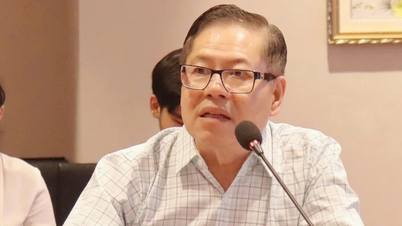

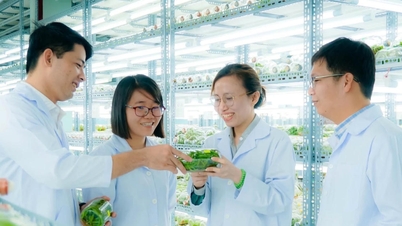


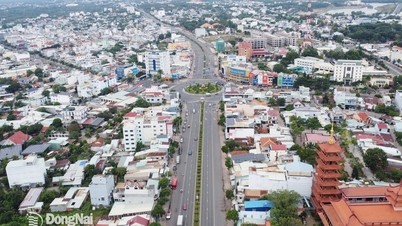


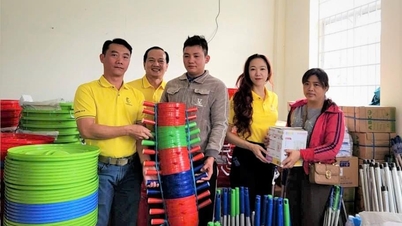



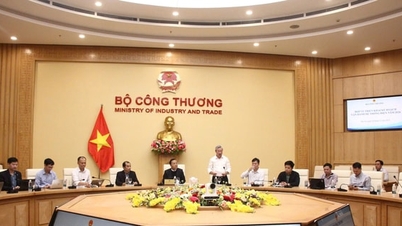

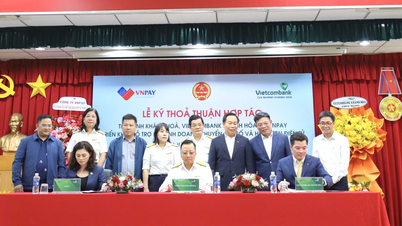


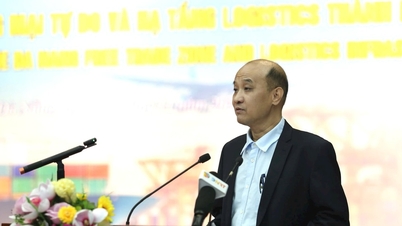






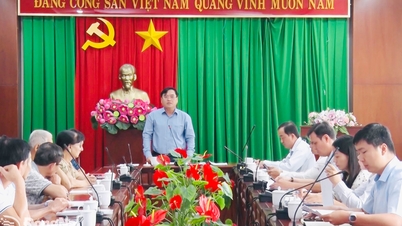
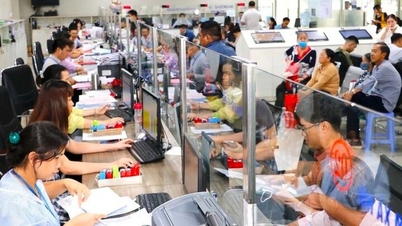

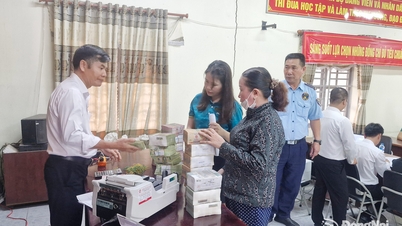

![[Photo series] The biggest promotional stimulus 'season' in 2025 in Dong Nai](https://vphoto.vietnam.vn/thumb/402x226/vietnam/resource/IMAGE/2025/11/28/1764314453386_muasam_01_20251128125043_20251128141350.jpeg)
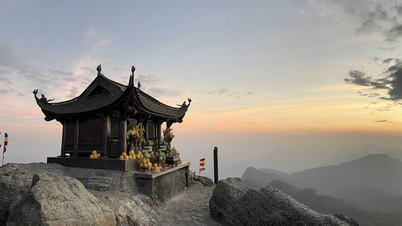



































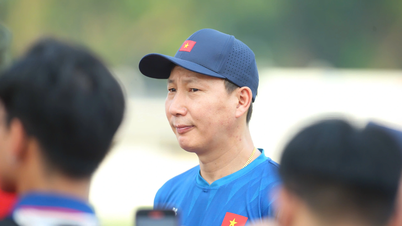



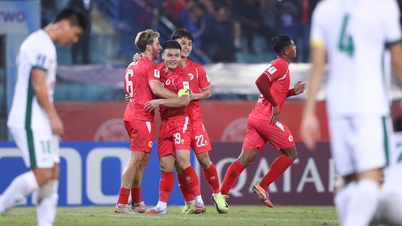


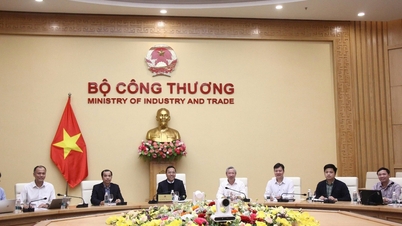


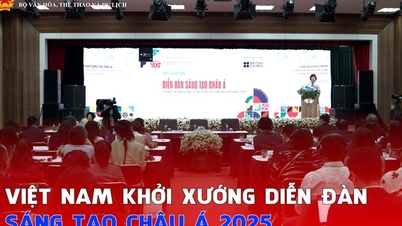
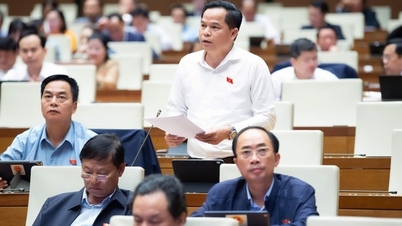
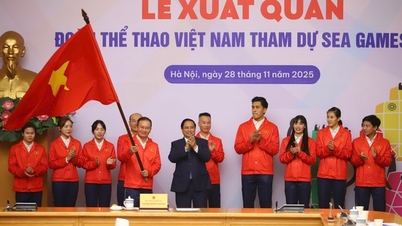
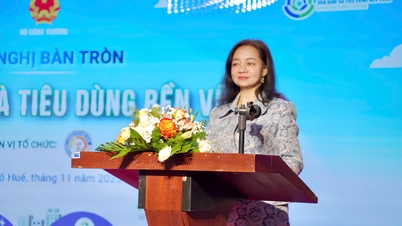



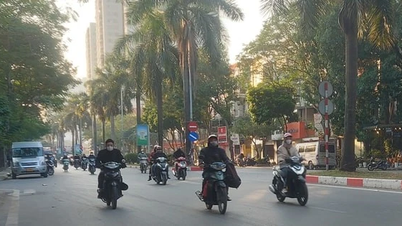















Comment (0)